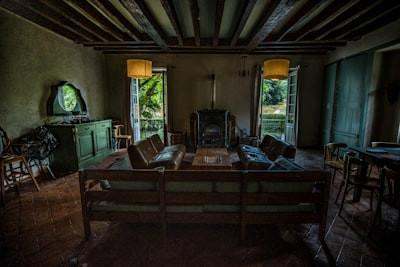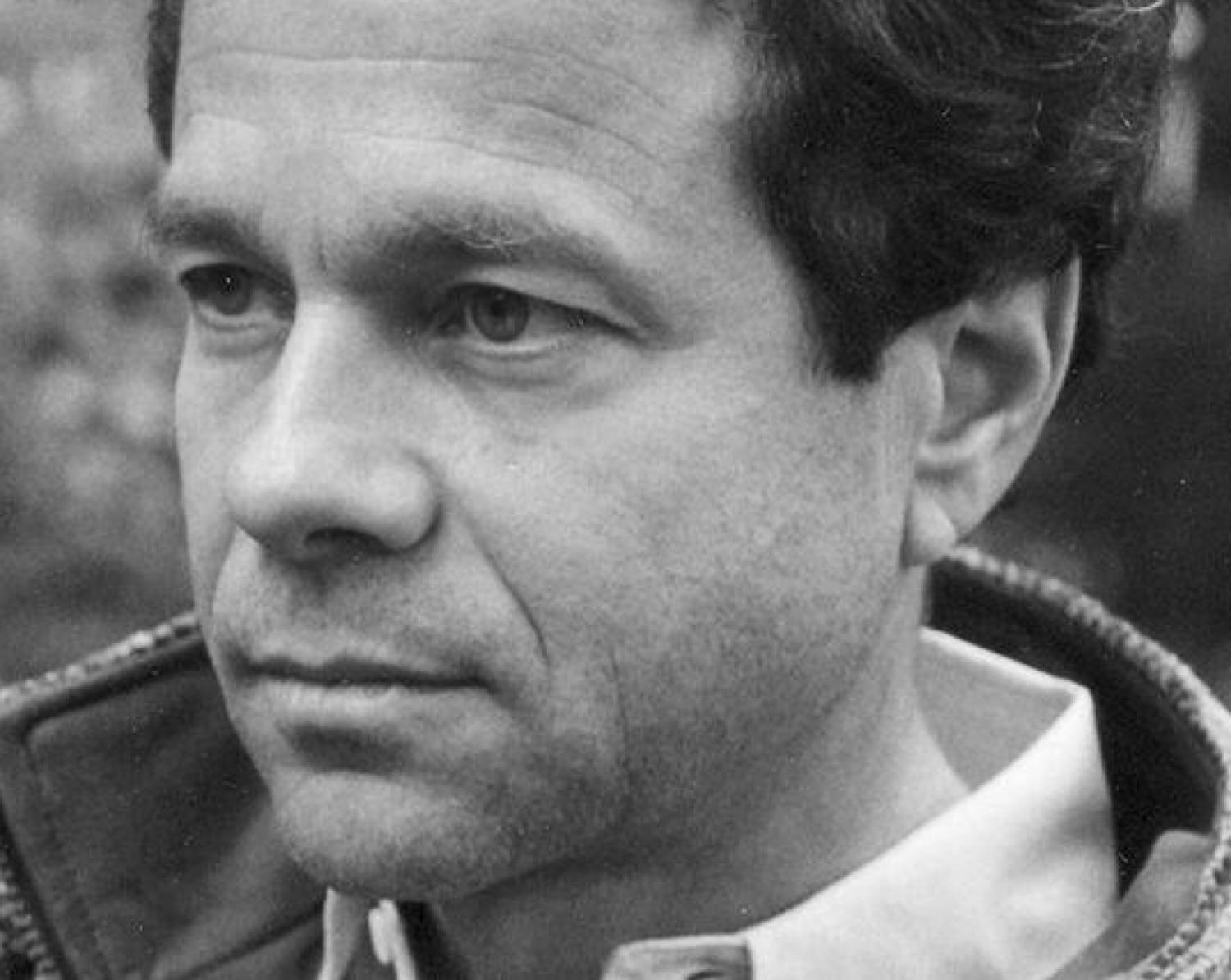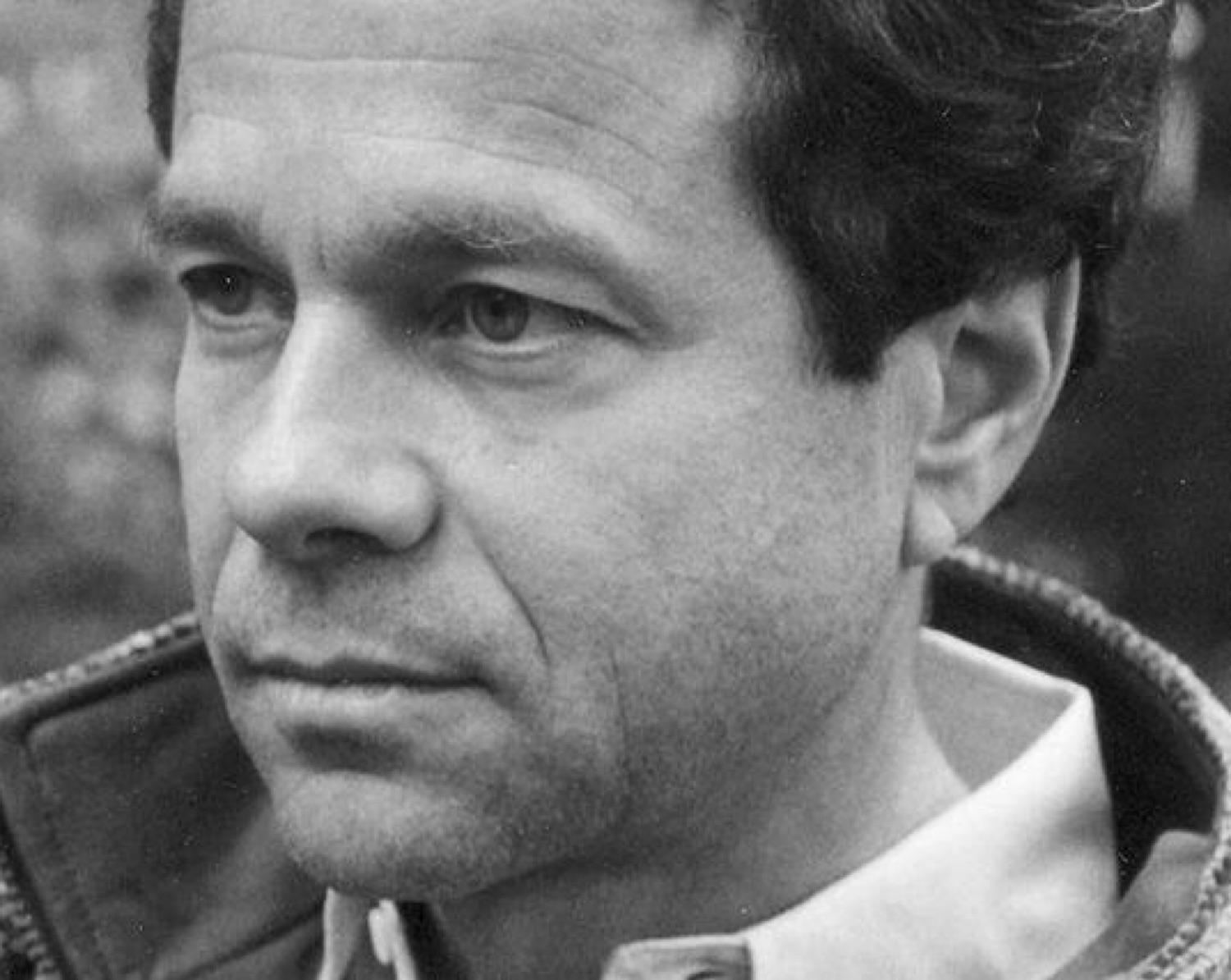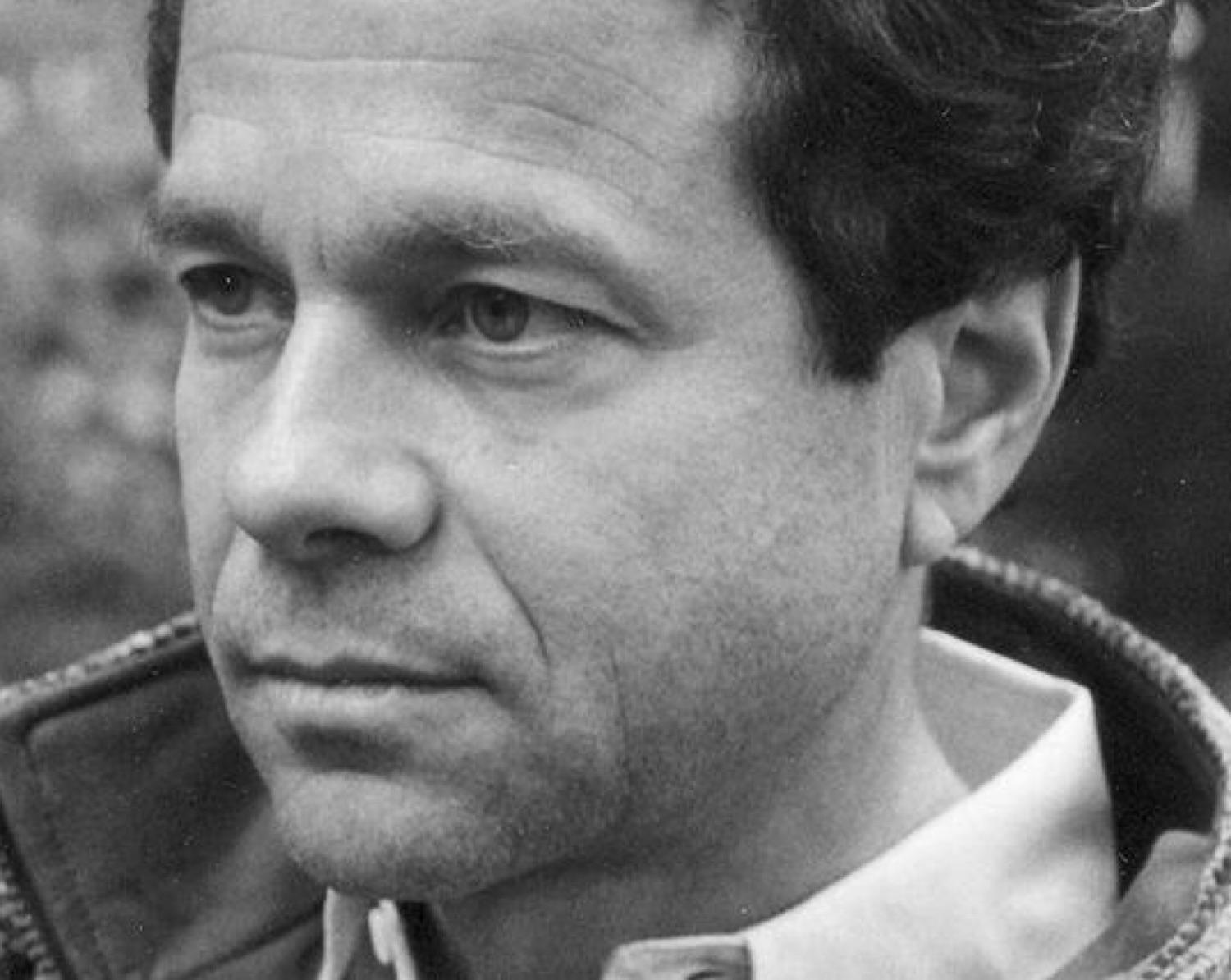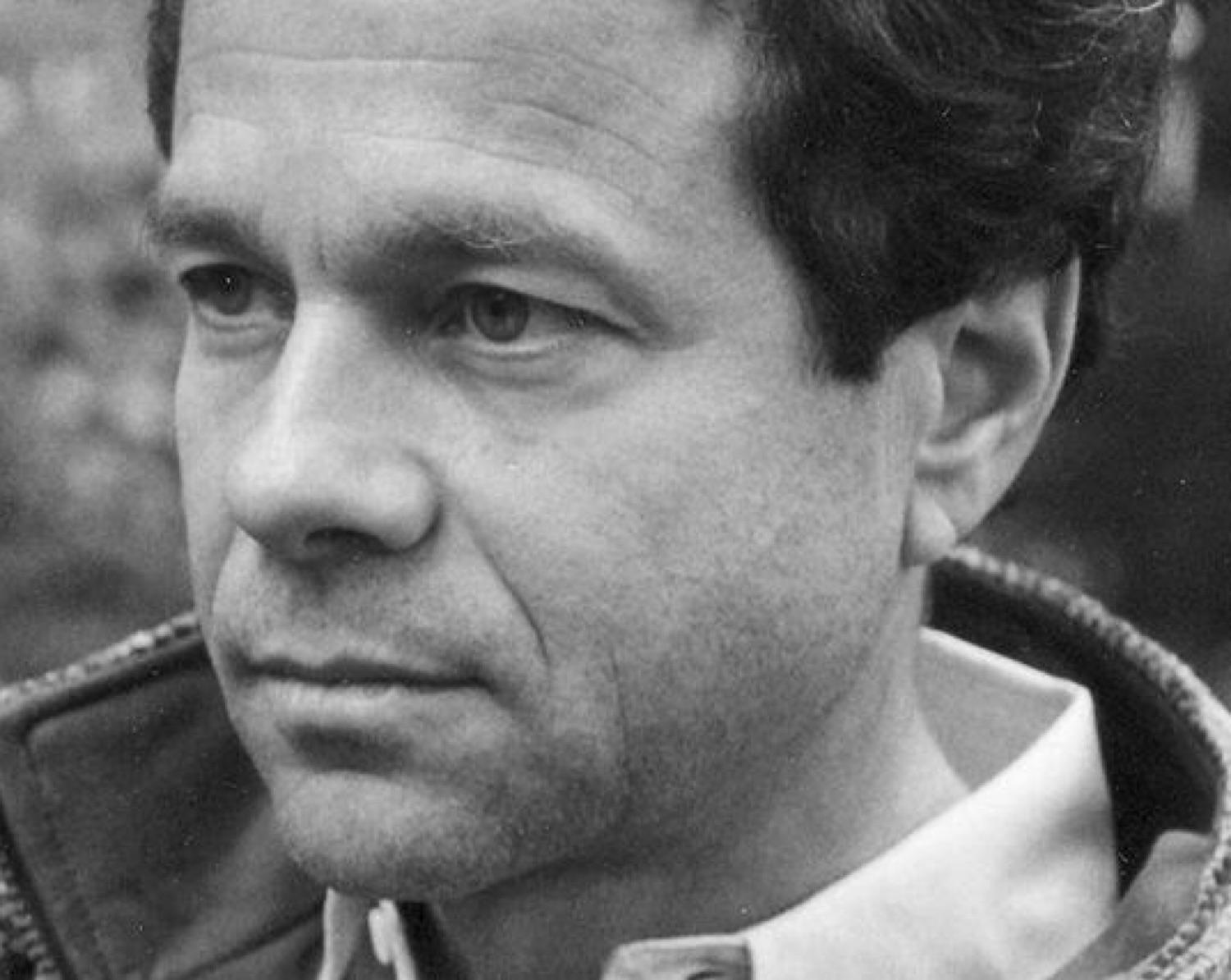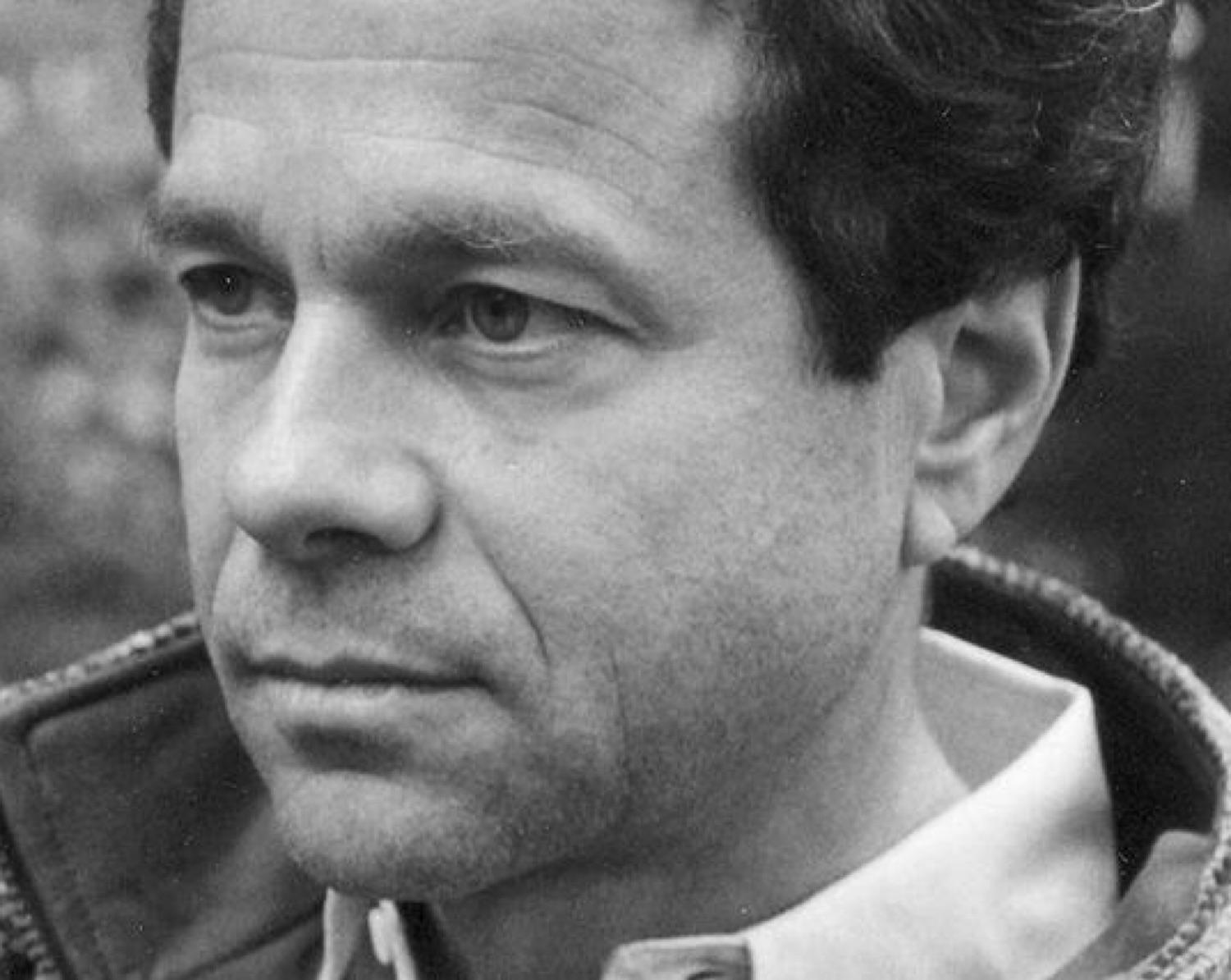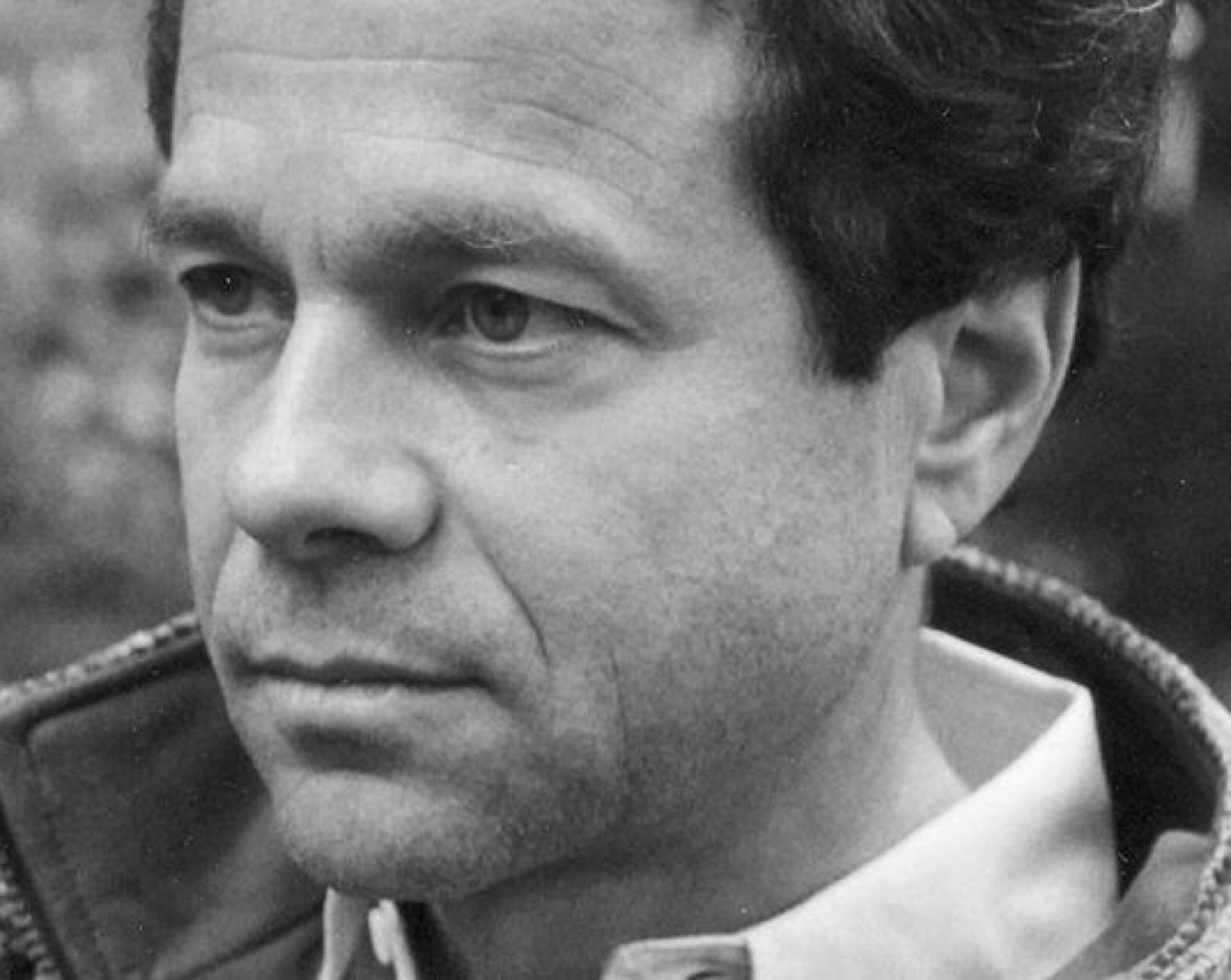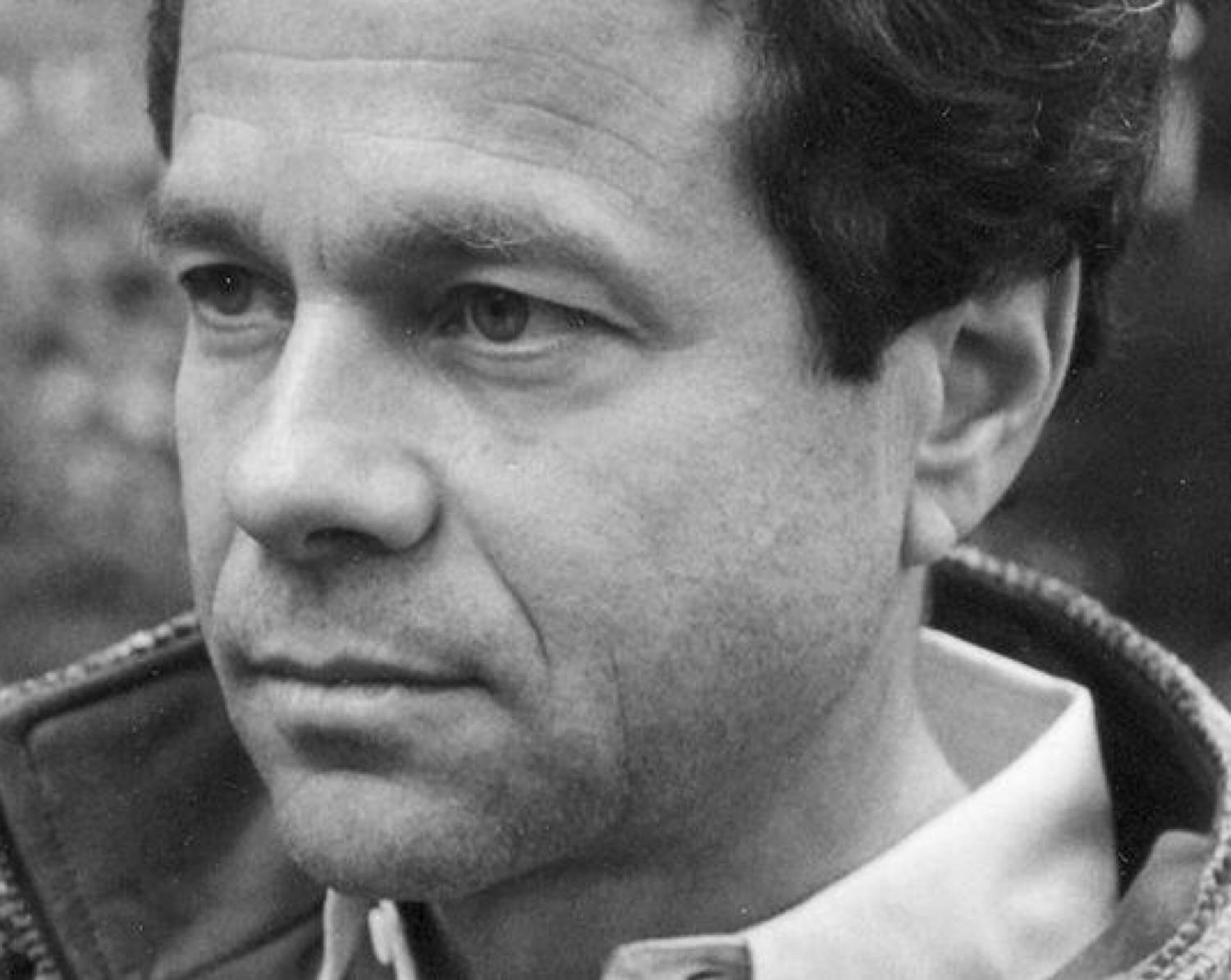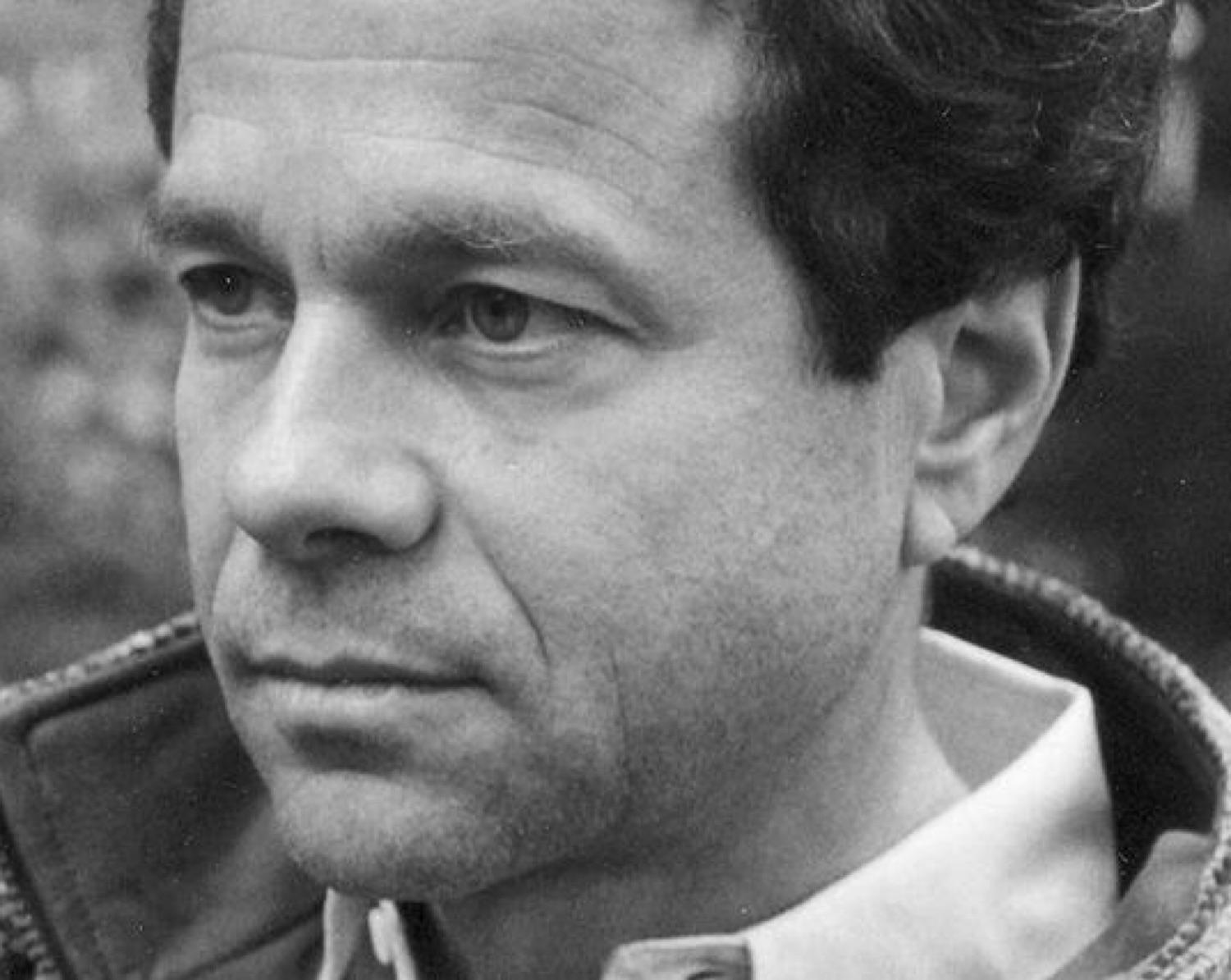Probable Impossibilities: Physicist Alan Lightman on Beginnings, Endings, and What Makes Life Worth Living
Curated from: themarginalian.org
Ideas, facts & insights covering these topics:
23 ideas
·663 reads
7
Explore the World's Best Ideas
Join today and uncover 100+ curated journeys from 50+ topics. Unlock access to our mobile app with extensive features.
Existence And Immortality
“What exists, exists so that it can be lost and become precious,” Lisel Mueller, who lived to nearly 100, wrote in her gorgeous poem “Immortality” a century and a half after a young artist pointed the world’s largest telescope at the cosmos to capture the first surviving photograph of the Moon and the first-ever photograph of a star: Vega — an emissary of spacetime, reaching its rays across twenty-five lightyears to imprint the photographic plate with a image of the star as it had been twenty-five years earlier, immortalizing a moment already long gone.
7
90 reads
Overcoming The Odds
And yet in a cosmological sense, what exists is precious not because it will one day be lost but because it has overcome the staggering odds of never having existed at all: within the fraction of matter in the universe that is not dark matter, a fraction of atoms cohered into the elements necessary to form the complex structures necessary for life, of which a tiny portion cohered into the seething cauldron of complexity we call consciousness — the tiny, improbable fraction of a fraction of a fraction with which we have the perishable privilege of contemplating the universe in our physics.
8
43 reads
A Single Grain Of Sand
In Probable Impossibilities: Musings on Beginnings and Endings, the poetic physicist Alan Lightman sieves four centuries of scientific breakthroughs, from Kepler’s revolutionary laws of planetary motion to the thousands of habitable exoplanets discovered by NASA’s Kepler mission, to estimate that even with habitable planets orbiting one tenth of all stars, the faction of living matter in the universe is about one-billionth of one-billionth: If all the matter in the universe were the Gobi desert, life would be but a single grain of sand.
9
41 reads
The Concept Of Nothingness Or The Void
Building on his lifelong passion for harmonizing for absolutes in a relative world, our yearning for permanence in a universe of constant change — Lightman writes:
”As we have struggled through the ages to fathom this strange and wondrous cosmos in which we find ourselves, few ideas have been richer than the concept of nothingness. For to understand anything, as Aristotle argued, we must understand what it is not. To understand matter, said the ancient Greeks, we must understand the “void,” or the absence of matter.”
8
39 reads
From Nothingness To Somethingness And Back
Because we are self-referential creatures — the consequence of being creatures with selves, itself the consequence of consciousness — no void troubles us more than that of our own mortality: the notion of our absence from the scene of life. It is difficult enough to grasp how somethingness could have arisen from nothingness — how the universe can exist at all. It savages the mind and its animating selfhood to consider that everything — including the subset constituting the particular something of us — could dissolve to nothingness.
7
32 reads
I Am Here Now. I Am Not Part Of The Void.
Lightman closes his essay on the science of nothingness with a sentiment of touching, inescapable humanity:
“What I feel and I know is that I am here now, at this moment in the grand sweep of time. I am not part of the void. I am not a fluctuation in the quantum vacuum. Even though I understand that someday my atoms will be scattered in soil and in air, that I will no longer exist, I am alive now. I am feeling this moment. I can see my hand on my writing desk. I can feel the warmth of the Sun through the window. And looking out, I can see a pine-needled path that goes down to the sea.”
8
28 reads
The Dissonance Between The Creaturely And The Cosmic ex
Another essay, titled “Immortality,” explores this irreconcilable dissonance between the creaturely and the cosmic — the dissonance from which we make our most symphonic art as we try to fathom our existence. Lying in his hammock one summer day, Lightman observes:
7
30 reads
«A hundred years from now, I’ll be gone, but many of these spruce and cedars will still be here. The wind going through them will still sound like a distant waterfall. The paths that I wander may still be here, although probably covered with new vegetation. The rocks and ledges on the shore will be here, including a particular ledge I’m quite fond of. […] Sometimes, I sit on that ledge and wonder if it will remember me. […] But eventually, of course, even this land will shift and change and dissolve. Nothing persists in the material world. All of it changes and passes away.”
ALAN LIGHTMAN
8
31 reads
Death Is The Gradual Dimming Of Consciousness
And yet, in an echo of one of the book’s subtlest yet profoundest undertones, Lightman challenges our binary view of life and death. With an eye to consciousness — “the seemingly strange experience” that furnishes “the most profound and troubling aspect of human existence” — he argues that death is not the life-switch in the off position but the gradual dimming of consciousness, of our experience of aliveness, through the deterioration of its physical infrastructure.
7
29 reads
We Were Forged In The Furnace Of Faraway Stars
Ever since Cecilia Payne discovered the chemical fingerprint of the universe, we have known that the atoms we are made of — seven thousand trillion trillion atoms in each of us, on average — were forged in the furnace of faraway stars. We know, too, that every cell in our bodies — the tendons that stiffen our fists and the cortices that kindle our tenderness — is made of atoms. Lightman writes:
7
25 reads
“To an alien intelligence, each of us human beings would appear to be an assemblage of atoms, humming with our various electrical and chemical energies. To be sure, it is a special assemblage. A rock does not behave like a person… When we die, this special assemblage disassembles. The atoms remain, only scattered about.”
ALAN LIGHTMAN
7
29 reads
The Special Assemblage That We Call Consciousness
That special assemblage is what we call consciousness. A century after Virginia Woolf observed that “one can’t write directly about the soul [for] looked at, it vanishes,” Lightman writes:
7
27 reads
“The soul, as commonly understood, we cannot discuss scientifically. Not so with consciousness, and the closely related Self. Isn’t the experience of consciousness and Self an illusion caused by those trillions of neuronal connections and electrical and chemical flows? If you don’t like the word illusion, then you can stick with the sensation itself. You can say that what we call the Self is a name we give to the mental sensation of certain electrical and chemical flows in our neurons.”
ALAN LIGHTMAN
8
23 reads
“That sensation is rooted in the material brain. And I do not mean to diminish the brain in any way by affirming its materiality. The human brain is capable of all of the wondrous feats of imagination and self-reflection and thought that we ascribe to our highest existence. But I do claim that it’s all atoms and molecules.
ALAN LIGHTMAN
7
21 reads
“If someone began disassembling my brain one neuron at a time, depending on where the process began I might first lose a few motor skills, then some memories, then perhaps the ability to find particular words to make sentences, the ability to recognize faces, the ability to know where I was. During this slow taking apart of my brain, I would become more and more disoriented. Everything I associate with my ego and Self would gradually dissolve away into a bog of confusion and minimal existence.”
ALAN LIGHTMAN
7
22 reads
The Boundary Or OverlapBetween Life And Death
An understanding of death as “the name that we give to a collection of atoms that once had the special arrangement of a functioning neuronal network and now no longer does so” renders the boundary between life and death more like a shoreline redrawn by the receding tide pool than like a coastal cliff dropping off into the abyss. And yet even as a scientific materialist with no mystical inclinations and no belief in an afterlife, Lightman remains what we all are — fundamentally human — and gives voice to that fundamental humanity with uncommon splendor of sentiment:
7
19 reads
“Despite my belief that I am only a collection of atoms, that my awareness is passing away neuron by neuron, I am content with the illusion of consciousness. I’ll take it. And I find a pleasure in knowing that a hundred years from now, even a thousand years from now, some of my atoms will remain in this place where I now lie in my hammock. Those atoms will not know where they came from, but they will have been mine. Some of them will once have been part of the memory of my mother dancing the bossa nova. Some will once have been part of my hand.”
ALAN LIGHTMAN
7
16 reads
”If I could label each of my atoms at this moment, imprint each with my Social Security number, someone could follow them for the next thousand years as they floated in air, mixed with the soil, became parts of particular plants and trees, dissolved in the ocean and then floated again to the air. Some will undoubtedly become parts of other people, particular people. Some will become parts of other lives, other memories. That might be a kind of immortality.”
ALAN LIGHTMAN
7
19 reads
Life Animates But A Fraction Of Space And Time
As if it were not staggering enough how tiny a fraction of space life animates, Lightman observes that it also animates a fraction of time — not merely in terms of the transience of any one life, but in terms of all life occupying only a slender slice of the totality of time in the universe, as the discovery of cosmic acceleration has revealed.
8
18 reads
A Lifetime Next To The Lifetime Of Stars
The cosmic brevity of “the era of life” is bookended on one end by the slow condensation of colossal gas clouds into the first stars that forged the first atoms large enough to form complex structures, after the universe had already existed for about one billion years, and bookended on the other by the eventual death of all stars when they burn out in several thousand billion years, leaving behind a dark lifeless expanse of pure spacetime.
7
18 reads
A Kinship With The Others Grains Of Sand
And yet even in these cold unfeeling cosmic facts, Lightman finds reason to swell the brevity of existence with the warm feeling of kinship that makes life worth living. With an eye to his grain-of-Gobi-sand analogy, he writes:
“Life in our universe is a flash […], a few moments in the vast unfolding of time and space in the cosmos… A realization of the scarcity of life makes me feel some ineffable connection to other living things… a kinship in being among those few grains of sand in the desert, or present during the relatively brief era of life in the vast temporal sprawl of the universe.”
7
18 reads
“We share something in the vast corridors of this cosmos we find ourselves in. What exactly is it we share? Certainly, the mundane attributes of “life”: the ability to separate ourselves from our surroundings, to utilize energy sources, to grow, to reproduce, to evolve.
ALAN LIGHTMAN
7
22 reads
“I would argue that we “conscious” beings share something more during our relatively brief moment in the “era of life”: the ability to witness and reflect on the spectacle of existence, a spectacle that is at once mysterious, joyous, tragic, trembling, majestic, confusing, comic, nurturing, unpredictable and predictable, ecstatic, beautiful, cruel, sacred, devastating, exhilarating. The cosmos will grind on for eternity long after we’re gone, cold and unobserved. But for these few powers of ten, we have been.
We have seen, we have felt, we have lived.”
ALAN LIGHTMAN
7
23 reads
IDEAS CURATED BY
CURATOR'S NOTE
Beginnings and endings, or what we see as a beginning and an ending, like the coming of a New Year and the going of the “Old” one, unnerve us all. Here is an idea to foster and to share: “What exists is precious not because it will one day be lost but because it has overcome the staggering odds of never having existed at all.”
“
Xarikleia 's ideas are part of this journey:
Learn more about motivationandinspiration with this collection
Understanding the psychological rewards of bad habits
Creating new habits to replace old ones
Developing self-discipline
Related collections
Similar ideas
25 ideas
Quantum biology and living entities
medium.com
1 idea
What Is the Big Bang Theory?
space.com
Read & Learn
20x Faster
without
deepstash
with
deepstash
with
deepstash
Personalized microlearning
—
100+ Learning Journeys
—
Access to 200,000+ ideas
—
Access to the mobile app
—
Unlimited idea saving
—
—
Unlimited history
—
—
Unlimited listening to ideas
—
—
Downloading & offline access
—
—
Supercharge your mind with one idea per day
Enter your email and spend 1 minute every day to learn something new.
I agree to receive email updates
